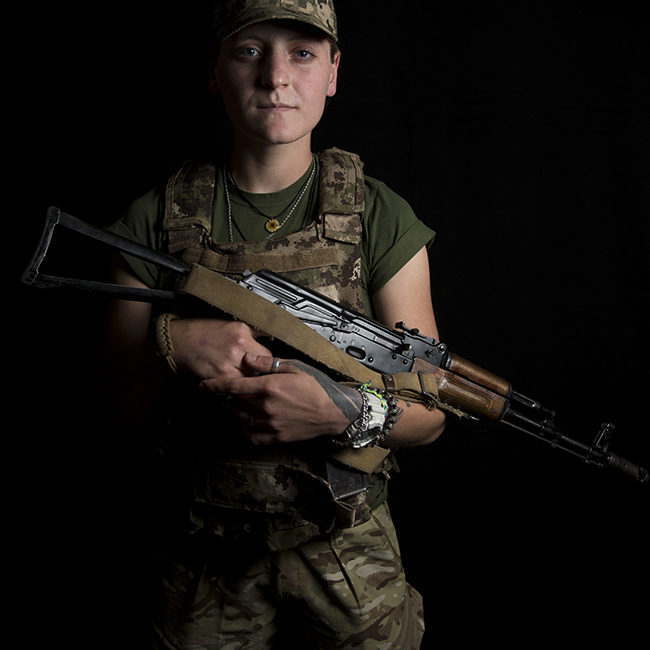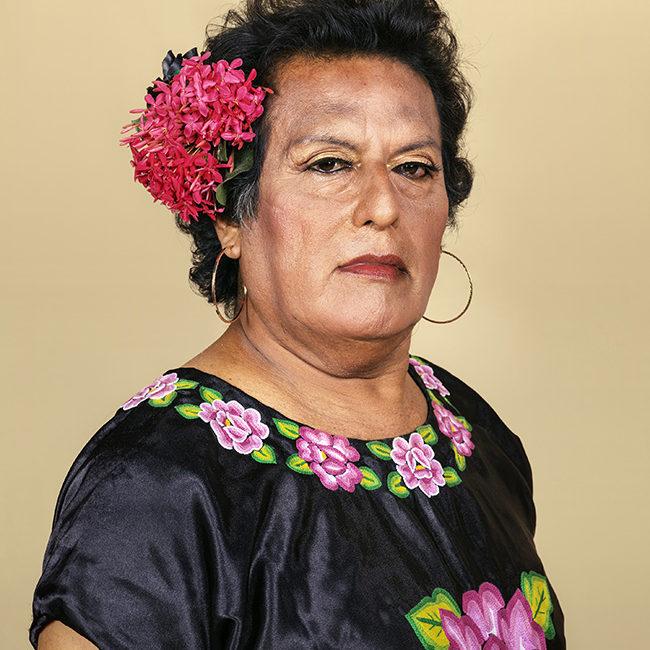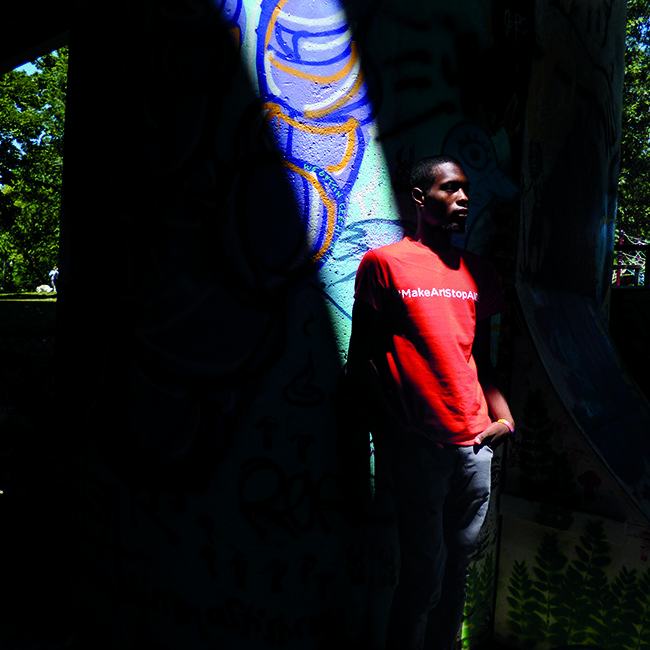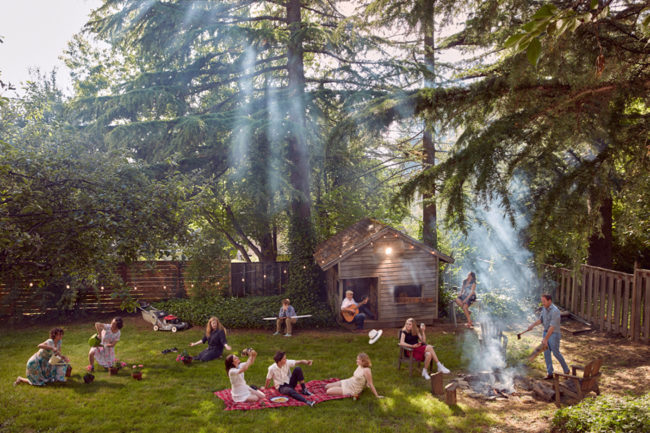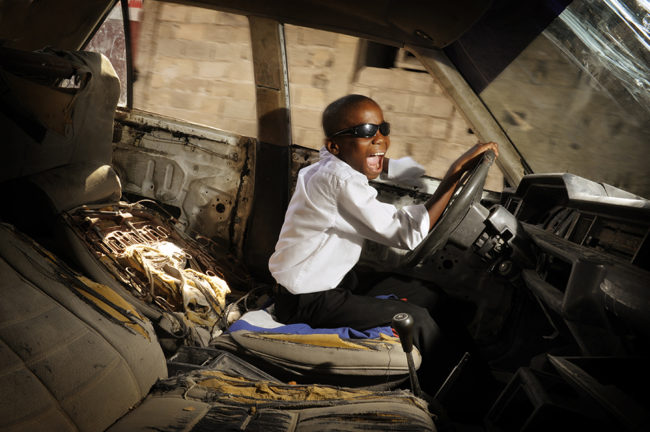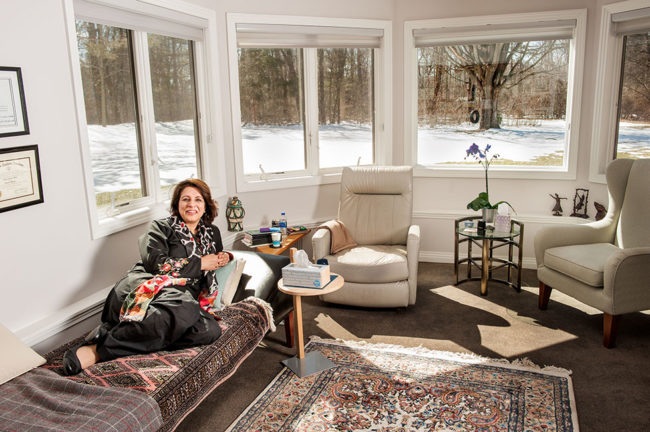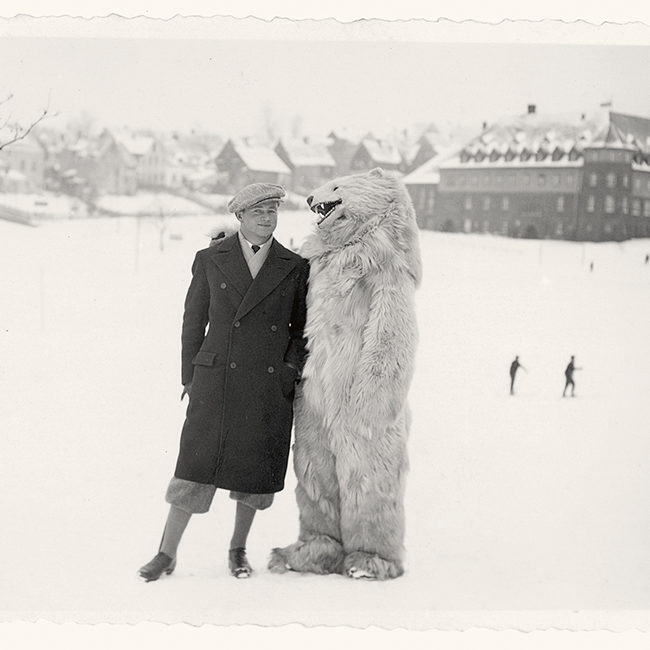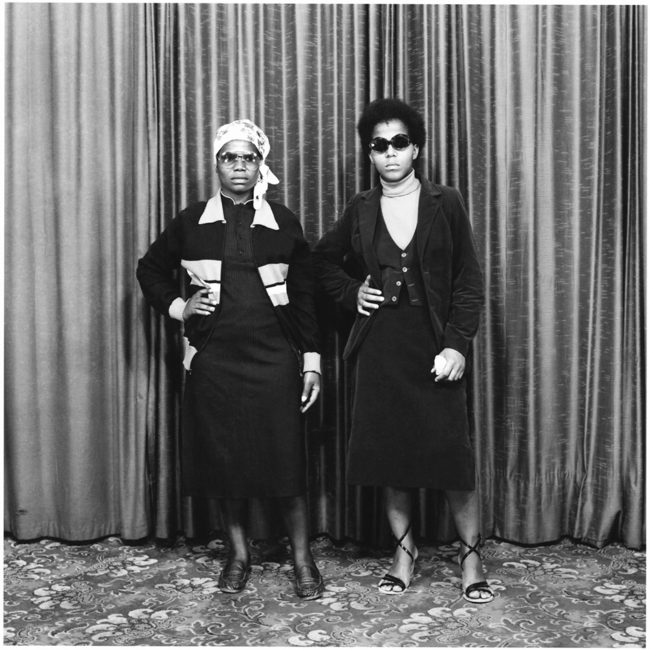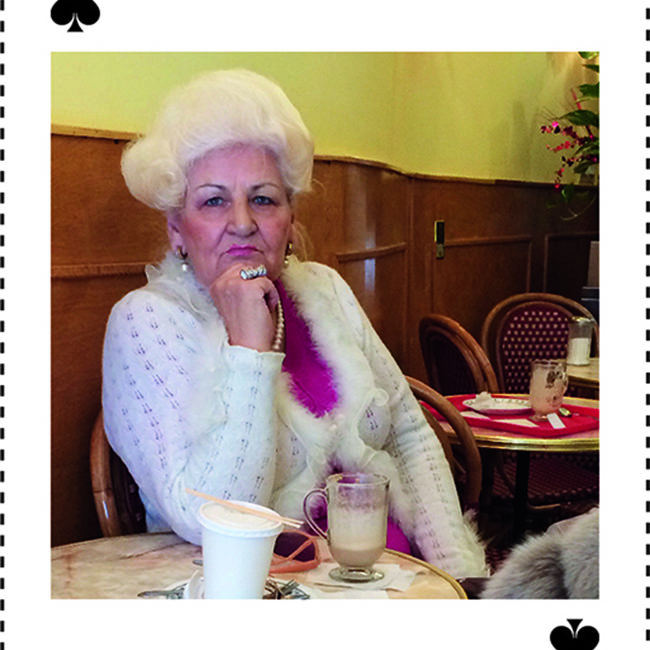Chris Callaway, a fashion photographer in New York, had been getting to know his 4×5 view camera while photographing friends and models for a personal portrait project. In late October, he packed up the camera and drove to Standing Rock Indian Reservation in North Dakota to make portraits and sound recordings of the protesters there, who have been fighting the planned Dakota Access pipeline. As Callaway told The Huffington Post, which published the work last month, he was inspired to do what he could to help preserve and amplify the voices of the protesters. Growing up in Oklahoma with a little bit of Chickasaw ancestry, “I wanted to go to Standing Rock to do something,” he told the website. The result is a collection portraits and stories, some told in Native languages, describing the people at the camps and what brought each of them to the protest. A man from the Navajo Nation came because his own people have had to fight for natural resources, “and I don’t want to wish that on any peoples,” he says. A member of the Yurok Tribe from Klamath River in California says she came in solidarity as a part of a people who depend on a river’s water. Callaway tells PDN about how the project developed and the challenges it presented in an email interview.
Alex P. Begay. © Chris Callaway
PDN: How did you decide to take this approach using the 4×5 and voice recordings?
Chris Callaway: Large media groups were avoiding the issue and the media I did see seemed to be biased and against the protest, so I went there myself to find out the true story. My objective was to personalize the protest by giving the individual protester a voice. By embedding a voice recording into a still image the viewer could hear the individual message while letting their eyes rest on a captured moment in time. Shooting a large format camera at a protest would normally be a bad idea for many reasons, but I knew this camera would create beautiful images, slow down my process, and become a conversation starter.
PDN: I was interested to hear you describe your evolution with the 4×5 in your fashion and other personal work—what skills and approaches did you bring to this project from your other work?
CC: Shooting the 4×5 in a controlled environment is very different than shooting on location by yourself. You have to be incredibly familiar with your gear and ready to move fast. Each studio session prepared me technically, but I found that the most useful of my skills is my ability to adapt to different personalities. Portraits are about the person so you must deeply listen, and quickly assess how you want to convey their story, told through each person’s eyes, hands, posture, emotions and environment. Getting to know your subject, even if it’s for a short period of time, allows trust in the exchange. Trust leads to a more honest candid moment within a typically staged format.
PDN: Do you think you will take lessons from Standing Rock back to your fashion work?
CC: Yes. Fashion has the tendency to leave the viewer feeling disconnected due to its overly fantasized and often un-relatable situations. I would like to bring more realism into my fashion, and create more substance within each story. Fashion photography and portraiture go hand in hand, so there’s no reason why they can’t influence each other equally.
PDN: What did you look for in a subject?
CC: I wanted to have a well-rounded story so I tried to photograph and obtain messages from a range of ethnicities and ages. Standing Rock is filled with beautiful and intelligent people so finding people was very easy. In a way I didn’t look for anyone. I just walked around and was allowing for my encounters to happen naturally.
Annelia Hillman. © Chris Callaway
PDN: What was your approach to asking subjects to take part?
CC: Approaching people to take their photograph is always hard, but you just have to suck it up and do it. Typically I would walk up to someone and ask if I could take their portrait to create awareness for the cause. Then I would explain how I intended on showing the work, and would have them sign a release form to have their complete consent. Honesty is always the best policy.
PDN: What were some of the challenges you faced, both technical and otherwise? Were you able to develop any of your film before you got back or did you have trust everything was functioning?
CC: Oh man. There were a lot of challenges! It was very physically exhausting. I carried the large format camera on a heavy-duty tripod all day with a large camera backpack, and a side satchel filled with film holders. Everything got very heavy towards the end of the day. Changing film was difficult. It was extremely windy and dust is a major concern while shooting with the 4×5. Regular people are not necessarily used to holding a pose, so I had to be extremely fast with the focus especially while throwing tilt or swing movements. My decision to go to Standing Rock was very impulsive, so no I did not have time to test my film.
Related Stories:
Standing at Standing Rock
London’s Occupied Spaces
How Mark Peterson Stays Inspired and How He’s Fueled His Long Career
